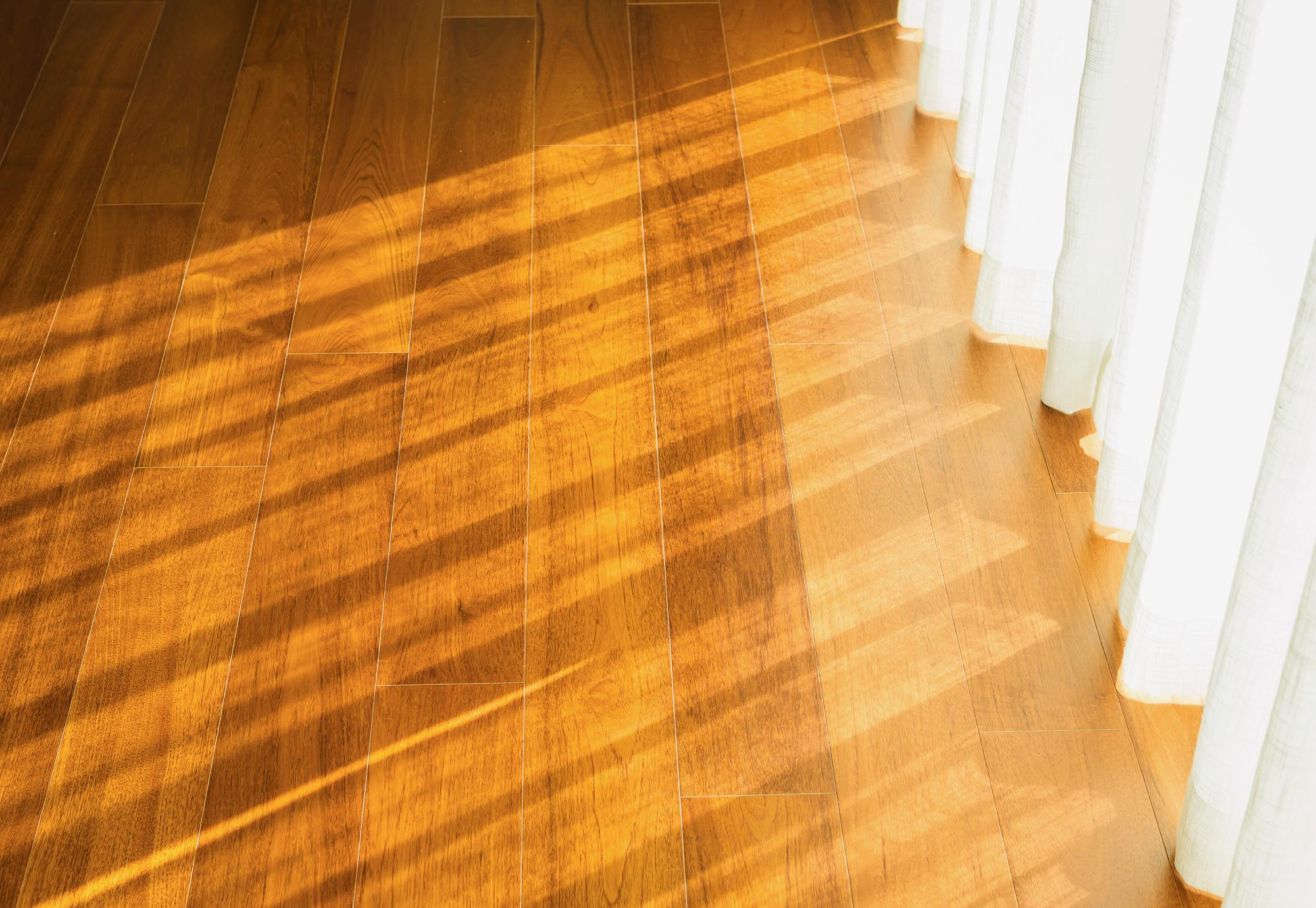
Sunlight is essential for life on Earth, providing energy and sustaining growth. However, while sunlight is crucial for the growth of plants that eventually become timber for wooden floors, it can also be detrimental to the floors themselves. We understand the delicate balance between enjoying natural light and preserving the beauty of your wooden floors and in this blog we look into the effects of sunlight on wooden floors and offers practical solutions to mitigate damage.
Sunlight is composed of visible light, ultraviolet (UV) rays and infrared (IR) rays. Each of these components affects wooden floors differently:
Understanding the signs of sunlight damage can help you take timely action to preserve your wooden floors.
Wood is photosensitive, meaning it reacts to sunlight by changing colour. Depending on the type of wood and the extent of sunlight exposure, floors can either fade or darken. For instance, Tigerwood, Brazilian Cherry, and French Oak tend to darken over time, while Hickory, Maple, and Red Oak are prone to fading. You may notice areas shielded by furniture or rugs retain their original colour, creating visible contrasts.
Sunlight exposure leads to the evaporation of moisture within the wood, causing floorboards to shrink. This results in gaps between the planks and a brittle, noisy feel underfoot. The cracking sounds you hear when walking on the floor indicate the contraction of the wood.

Extended UV exposure can deteriorate the top finishing coat of wooden floors, leading to patches or complete removal of the finish. When this happens, the floor not only loses its shine but also becomes more vulnerable to further damage.
To preserve the beauty and longevity of your wooden floors, consider implementing the following preventative measures:
Installing high-quality blinds and curtains can effectively block harmful UV rays. Additionally, tinted windows are a modern solution that not only protects your floors but also reduces glare and enhances privacy. Window tints come in various styles and can be tailored to match your home’s aesthetics while offering UV protection.
Strategically placing rugs and mats in areas that receive the most sunlight can prevent direct exposure and minimise damage. Regularly moving these rugs and mats can ensure even color distribution and protect the floor from prolonged exposure.
Sanding and polishing are essential maintenance practices to keep your wooden floors looking their best. Regular sanding removes the damaged surface layer, and applying a fresh, water-based finish can restore the floor’s brilliance. This process should be done every few years to maintain the floor’s appearance and extend its lifespan.
Maintaining the elegance and durability of wooden floors requires understanding and addressing the impact of sunlight. At Floorshow, we offer expert advice and professional floor sanding, polishing and staining services to help you care for your floors.